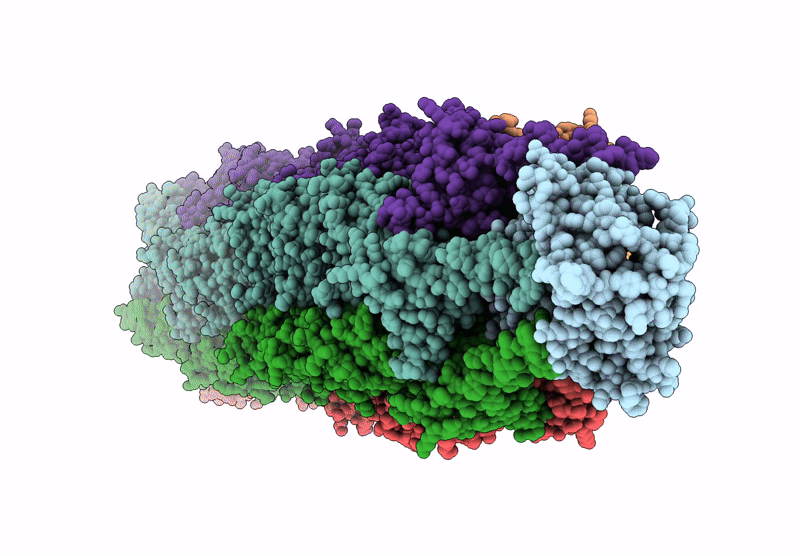
Deposition Date
2025-02-10
Release Date
2025-07-16
Last Version Date
2025-07-16
Entry Detail
PDB ID:
9N8W
Keywords:
Title:
Intermembrane lipid transport complex LetAB from Escherichia coli (Crosslinked, Composite model corresponding to Map 1)
Biological Source:
Source Organism:
Escherichia coli (Taxon ID: 511145)
Host Organism:
Method Details:
Experimental Method:
Resolution:
3.50 Å
Aggregation State:
PARTICLE
Reconstruction Method:
SINGLE PARTICLE


